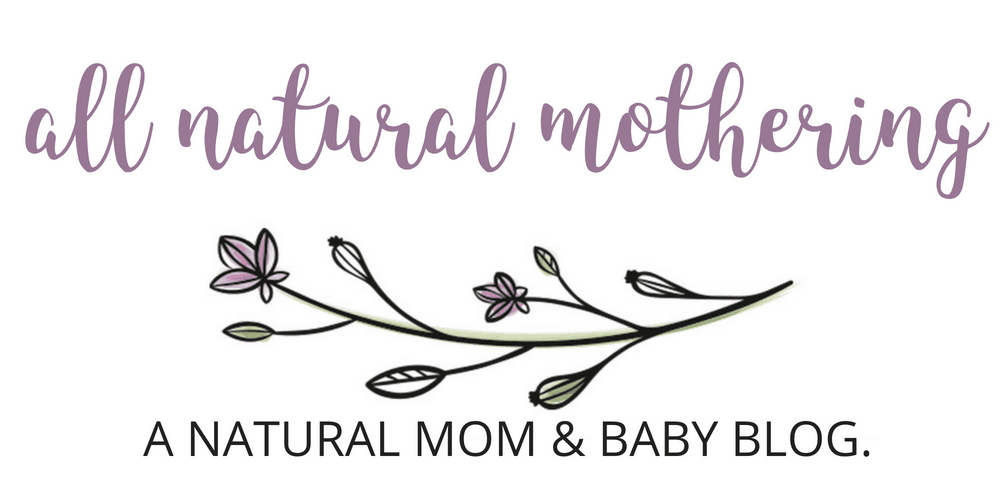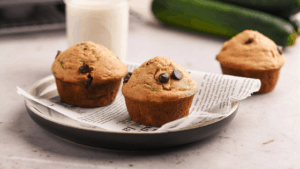Why Does Breast Milk Color Changes?
When you think of milk, even breastmilk, many of us default to picturing it in the color white.
But any experienced mama that?s pumped (or had milk spray everywhere) can attest to the fact that breastmilk comes in a wide variety of colors.
Normal breast milk is typically white, yellow, cream, or clear. But other variants can be just as normal.
What?s more, depending on what?s going on with baby, your own diet, and the type of breast milk, you might even experience breast milk color changes day-to-day or even hour-to-hour!
So what?s the deal with this?
Why do breast milk color changes happen?
What are the different types of breast milk and breast milk color variations?
Read on to learn exactly what?s going on in your body to create the rainbow of colors sometimes found in your breast milk.
Breast milk types
One of the most common reasons for experiencing breast milk color changes is due to the natural progression and changes of your breast milk as your baby grows.
In your baby?s first days and weeks of life they are growing rapidly and their nutritional needs change.
As a response, your body produces different types and amounts of breast milk to respond to your baby?s growing and changing needs.
These different types of milk are often characterized by different colors and consistencies and can be the first key to understanding the color changes you may be noticing in your milk (source).
Colostrum
Colostrum is the first type of milk that your body produces and is designed to be the perfect first milk for your baby.
Your body begins making colostrum during pregnancy, and it will continue to be produced for the first few days of your baby?s life.
Because baby?s stomach is tiny when they are first born, the quantity of colostrum you produce is quite small.
Colostrum is highly concentrated with tons of nutrients and anti-bodies which is why it typically appears thick and yellow or even orange in color.
Transitional milk
Transitional milk is the milk your body produces as it makes the switch from colostrum to mature milk. This is the milk you will see when you have the sensation of your milk ?coming in? 3-5 days after birth.
This corresponds with baby?s growing stomach size and the quantity of milk they will need.
Transitional milk usually marks a change in color from the true yellow of colostrum to more of a traditional white colored breast milk.
Mature milk
Once your milk has fully come in and baby has established a good nursing routine, usually 10-14 days after birth, your milk will have transitioned fully to mature milk.
Mature breast milk is the breast milk your body will produce from now until your baby weans.
Mature milk is where we most often seen variations in color, but for the most part you will notice two distinct ?types? of mature milk.
In reality, these aren?t different types at all, but are just changes based on the amount of fat in the milk. We characterize these difference as foremilk and hindmilk.
- Foremilk: This is the milk that your baby or pump extracts at the beginning of a feeding. It is the initial milk that starts to flow and is low in fat.Due to its low fat content it is often thin and tends to look clear, semi-clear, or even light blue in color.
- Hindmilk: Once your milk is flowing and the feeding has progressed there will be a higher fat content in your milk. This is what is known as hindmilk. Due to the higher fat content, the milk will be thicker in consistency. The color of hindmilk is usually creamy white or has a yellow tint.
Breast milk color variations:
Now that you know about the different types of breastmilk and most common colors for those types, you might be able to pinpoint where you?re at in your breastfeeding journey and why your milk looks a certain way.
But sometimes there are breast milk color changes outside of these norms. And you might find yourself wondering:
Why is my breast milk pink?
Why is my breast milk a different color on one side?
What color is breast milk supposed to be?
Well mama, here is a more definitive breakdown of breast milk colors (source):
- Yellow breast milk usually occurs because it is colostrum, you?re eating a diet high in beta-carotene (yams, carrots, sweet potatoes), your milk has a high fat content, or you froze your breastmilk which can cause it take on a yellow tint.
- Green breast milk is pretty unusual and is the result of a diet very high in green veggies such as kale, spinach, and seaweed. Green food dye can also cause green breast milk.
- Blue breast milk usually means you are seeing the low fat, thin foremilk at the beginning of a nursing session.
- Pink, orange or red breast milkcan be caused by a diet of foods that are these colors or artificial food dyes. It might also indicate a small amount of blood in your milk. Usually this is no cause for panic but is something to bring up to your provider or an LC. This is most often caused by cracked nipples or a small rupture to a blood capillary and is not dangerous for your baby.
- Brown or black breast milk usually indicates blood in your milk too, but older blood. Again, it is usually not harmful to baby at all but is something to bring up to your provider just in case.
When to call the doctor about your breast milk color?
In general, breast milk color changes aren?t a cause for concern. However, it?s always a good idea to call your provider or a lactation consultant if you?re experiencing something well outside the norm for you.
In particular, if you are seeing pink, red, brown or black breastmilk you should check in with your provider to let them know what?s going on. It?s always best to err on the side of caution.
In most cases, your breastmilk will return to normal within a few days and breast milk color is never a reason to stop nursing baby.
What breast milk color changes have you seen, mama?
Well mama, now you know all about the different types of breastmilk and how they vary in quantity, consistency and most of all– color! We?ve also covered the causes of some of the more unusual breast milk color variations.
Have you had an experience with unusually colored breastmilk? Share your story below!












